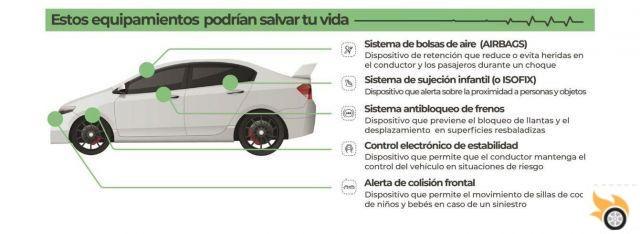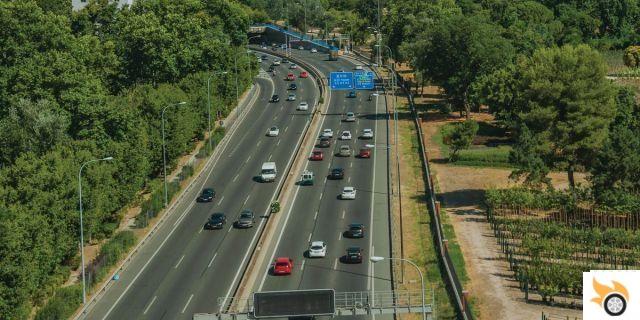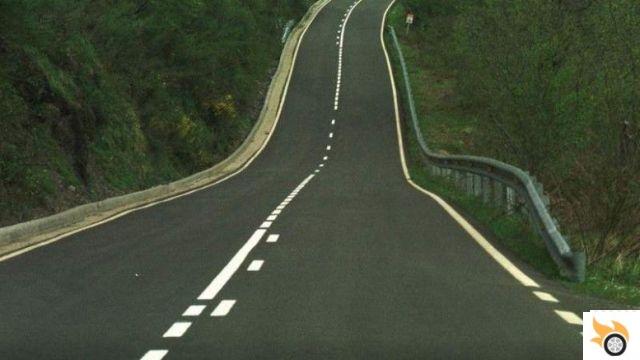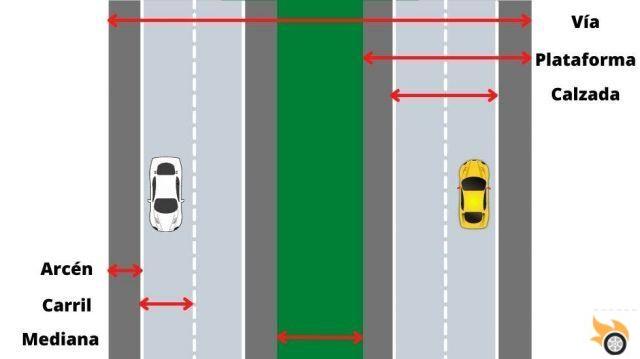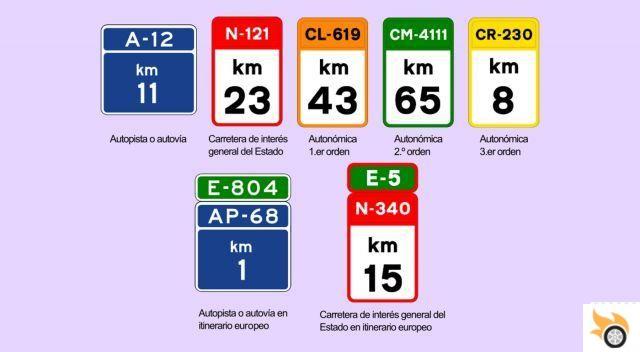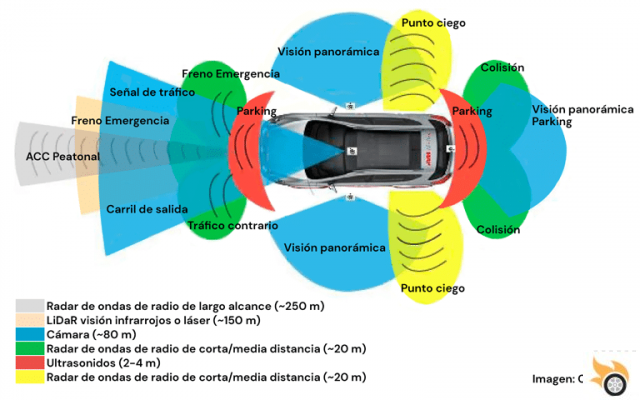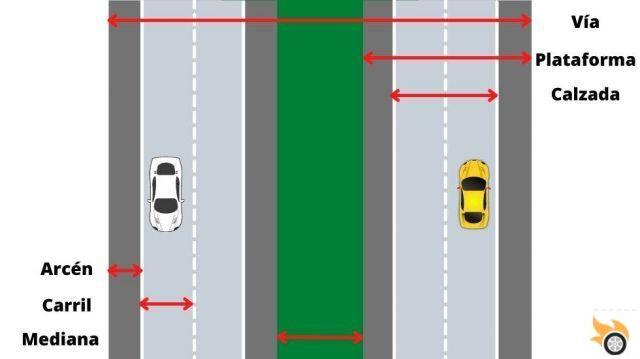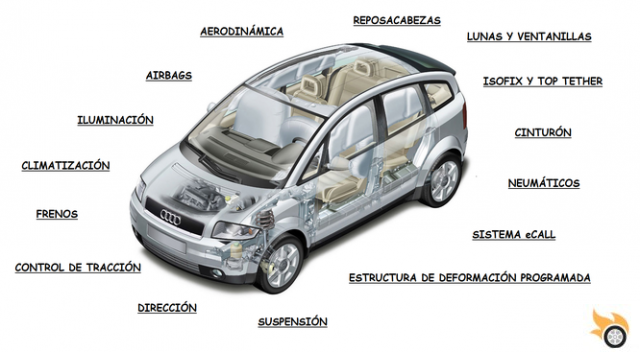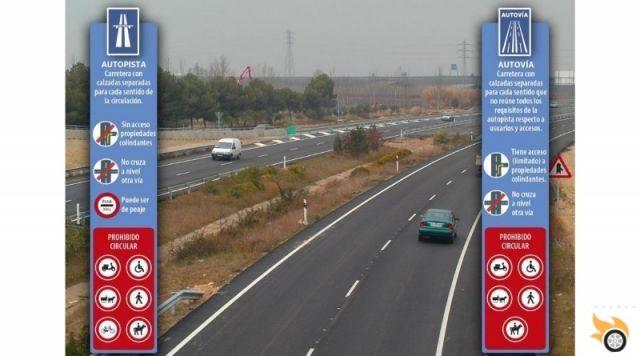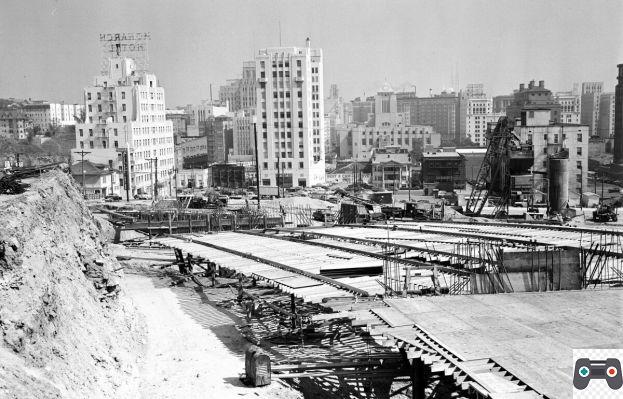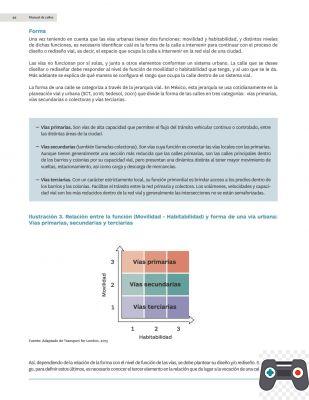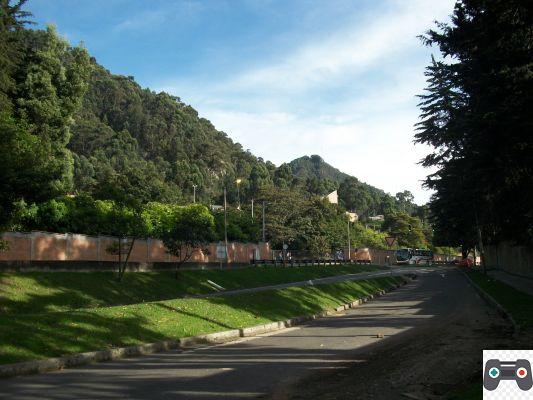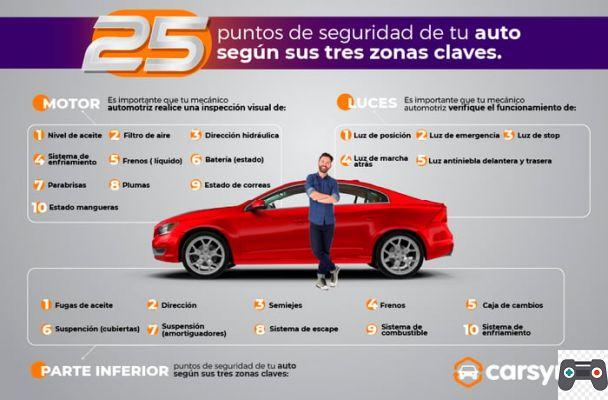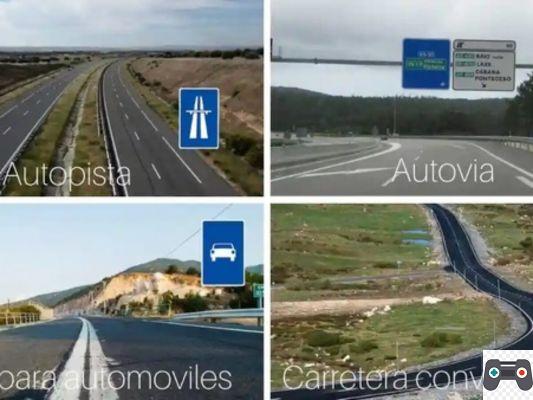
Introduction
Welcome to Pistonudos.com, where you will find all the information you need about the automotive world. In this article, we will provide you with a complete guide on automobile tracks, from their definition to the different types and classes that exist. We will also answer your questions about who can drive on them and we will give you some advice on renewing your driving license and the theory test. Read on for all the information you need!
What is a road for cars?
An automobile road is an infrastructure specifically designed for motor vehicle traffic. These roads are built for the purpose of providing a safe and efficient route for automobiles to travel from one place to another. Roadways for automobiles are often paved and have signage and road markings to guide drivers.
Types and classes of roads for automobiles
There are different types and classes of roads for cars, each with specific characteristics and regulations. Here are the main types and classes:
1. Highways
Expressways are high capacity roads designed for fast flowing traffic. These roads usually have multiple lanes, physical separation between the directions of movement and controlled access. Highways are exclusively for motorized vehicles and often have higher speed limits than other roads.
2. Roads
Highways are roads that connect different towns and regions. They can be two-way or one-way, and often have signage and road markings to guide drivers. Roads can have different characteristics depending on their location and function, such as national, regional or local roads.
3. Streets
Streets are urban roads that connect different areas within a city or town. They tend to have fewer lanes and lower speed limits than highways and highways. Streets may also have parking zones and specific regulations for pedestrians and cyclists.
4. Country roads
Rural roads are roads that traverse rural areas and typically have a lower volume of traffic. These roads can be dirt or paved and usually have lower speed limits than highways and highways. Rural roads can be used by motorized vehicles, as well as pedestrians and cyclists in some cases.
Who can drive on the car lanes?
The lanes for automobiles are intended for motorized vehicle traffic, so anyone with a valid driver's license can drive on them. However, it is important to note that there are specific regulations and restrictions on each type of road. For example, on highways, drivers are required to comply with posted speed limits and respect overtaking rules. On streets and country roads, drivers should exercise extra caution due to the presence of pedestrians and bicyclists.
Driver's license renewal and theoretical exam
If you need to renew your driving license, you must follow the procedures established by the traffic authorities of your country. Drivers are generally required to renew their license every few years and pass a medical exam to ensure they are fit to drive. Also, you may be required to take a theory test to test your knowledge of traffic rules and road signs. We recommend that you check with your country's traffic authorities for specific information on the driver's license renewal process and theory test.
Frequent questions
1. What is the difference between a highway and a highway?
The main difference between a highway and a road lies in its capacity and design. Highways are high-capacity roads designed for fast and flowing traffic, with multiple lanes and controlled access. On the other hand, highways can have different characteristics and capacities, and often connect different towns and regions.
2. Can I ride my bike on the car lanes?
In general, automobile lanes are intended for motor vehicle traffic. However, in some situations, such as on rural roads or streets with bicycle lanes, bicycles may be permitted. It is important to check local regulations and follow traffic and road safety rules when cycling on car lanes.
Conclusion
In short, automobile roads are infrastructures designed for motorized vehicle traffic. There are different types and classes of roads, such as highways, highways, streets and rural roads, each with specific characteristics and regulations. Anyone with a valid driving license can drive on the roads for cars, but it is important to comply with the traffic rules and respect the specific regulations of each type of road. If you need to renew your driving license, you must follow the procedures established by the traffic authorities in your country. We hope this article has been helpful and we invite you to leave us your comments and questions below. Happy driving!
Sincerely,
The Pistonudos.com team




